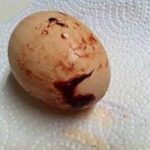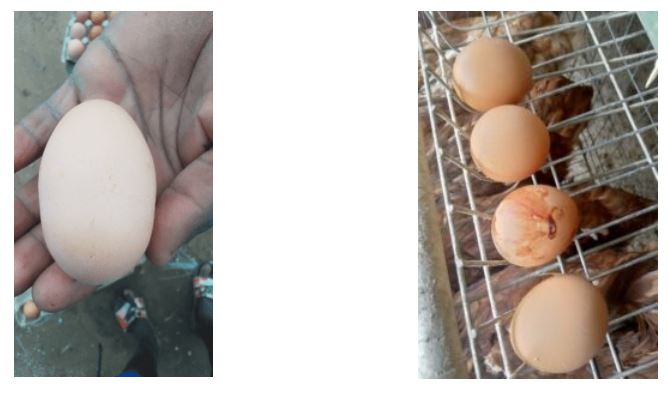by Barbara Mulonda Simbaya, Technical Advisor at Tiger Animal Feeds
Prolapse in layers is a condition that occurs when a hen’s reproductive tract that had temporarily turned inside out to allow the hen lay an egg is unable to retract again after the egg has been laid. In the previous article we focused on the causes of prolapse in layers.
In this article we look at the prevention methods.
How do you identify a prolapsed vent?
The first signs of a prolapse are bloodstreaked eggs. The discovery of bloodstreaked eggs should prompt investigation to find affected birds. Implement management techniques to reduce the impact of this condition. A prolapsed oviduct is noticeable as it looks like their insides are falling out of their vent and you may also find blood and faeces on their feathers around the vent. If the bird has already been picked at by other birds, tissue may be missing, leaving a bloody gaping hole.

Can you treat prolapse?
There is no effective treatment for prolapsed vent. If you find a bird with prolapsed vent, you must take immediate action to remove and isolate it. You may spray the affected area with an antibiotic to aid recovery and keep her in isolation until she improves. The oviduct may eventually retract, but unfortunately the hen will be increasingly likely to suffer from prolapse again in the future. It is possible to try remedy a prolapsed vent by pushing it back in yourself by hand, but in a commercial application that is probably not a viable option with the potential for recurring prolapse and laying fewer eggs. There are other steps that can be taken once a prolapse has been discovered to reduce further issues. These include supplementing drinking water with Vitamin C at 1g/l water in the morning.
Prevention
As there is no effective treatment, the best way to prevent prolapse from occurring is careful and attentive management. Effective management and swift response is the best course of action if prolapse occurs as it will minimise the effects of further issues that may arise, such as cannibalism.

Key aspects to manage pullets correctly are:
Nutrition during rearing: It is important in the growing phase to have good growth and uniformity. Correct nutrition is needed to have the required skeletal and muscle development to handle laying. The evolution of body weight during rearing provides much information on their level of development and body composition. Balanced feed ratios in the production stage help sustain egg production and maintain body weight at the recommended levels. If the flock is laying a lot of double-yolk eggs then gently restrict feed intake. Nest boxes need to be well managed too. They need to be dark enough that the hens will be less likely to notice prolapsed vents and managed so that hens are not able to stay in the boxes longer than necessary. Monitor flocks regularly keeping an eye on bird behaviour and effective management practices.
Photo-stimulation should only occur when the birds reach the required weight and age determined by the breeder. If pullets come into production too early, they will be more susceptible to prolapse, as well as the potential to lay smaller eggs throughout the production cycle. It may also cause health issues across the flock. When approaching the age of planned light stimulation, assess uniformity, and if the flock has a uniformity under 70% delay light stimulation to allow the less developed birds to mature. If underdeveloped birds are given light stimulation too early, it increases the risk of prolapse. The birds will have a poorer peak and persistency of lay and it will be more difficult to manage the flock. It is important that the light intensity is at the breeder’s recommended level. In conclusion, prolapse in layers must be treated with the attention it deserves by the layer farmers.
The condition has economic importance in that it may cause a significant drop in production in the flock and may translate into losses of income. Treat prolapses promptly and eliminate all factors within the flock that may encourage it. Keep the flock healthy, happy, and productive!
For more information, contact Barbara Mulonda Simbaya, Technical Advisor at Tiger Animal Feeds by sending an e-mail to barbara. mulonda@tigerfeeds.zm or phoning (+260)969-202-207.









